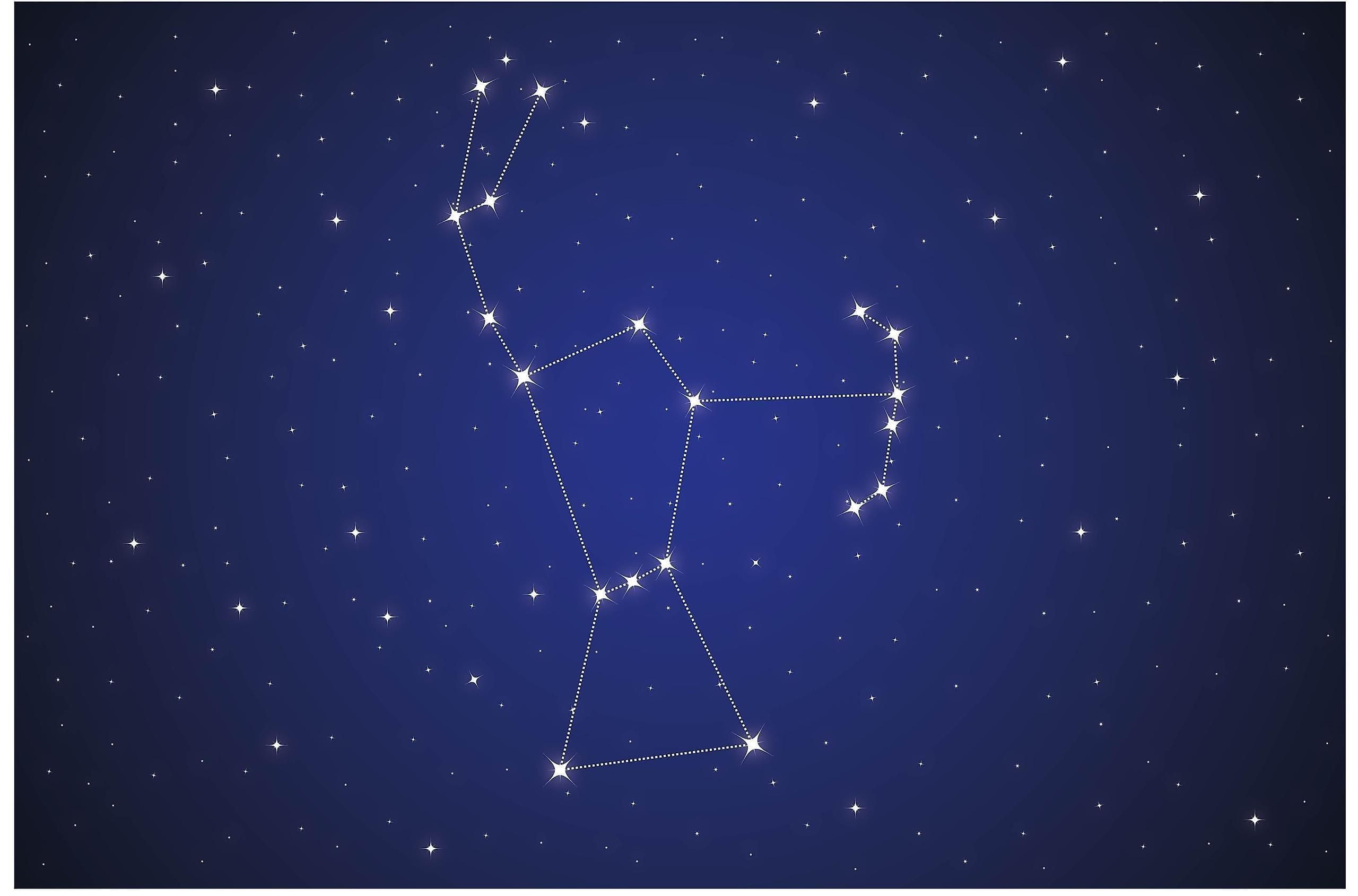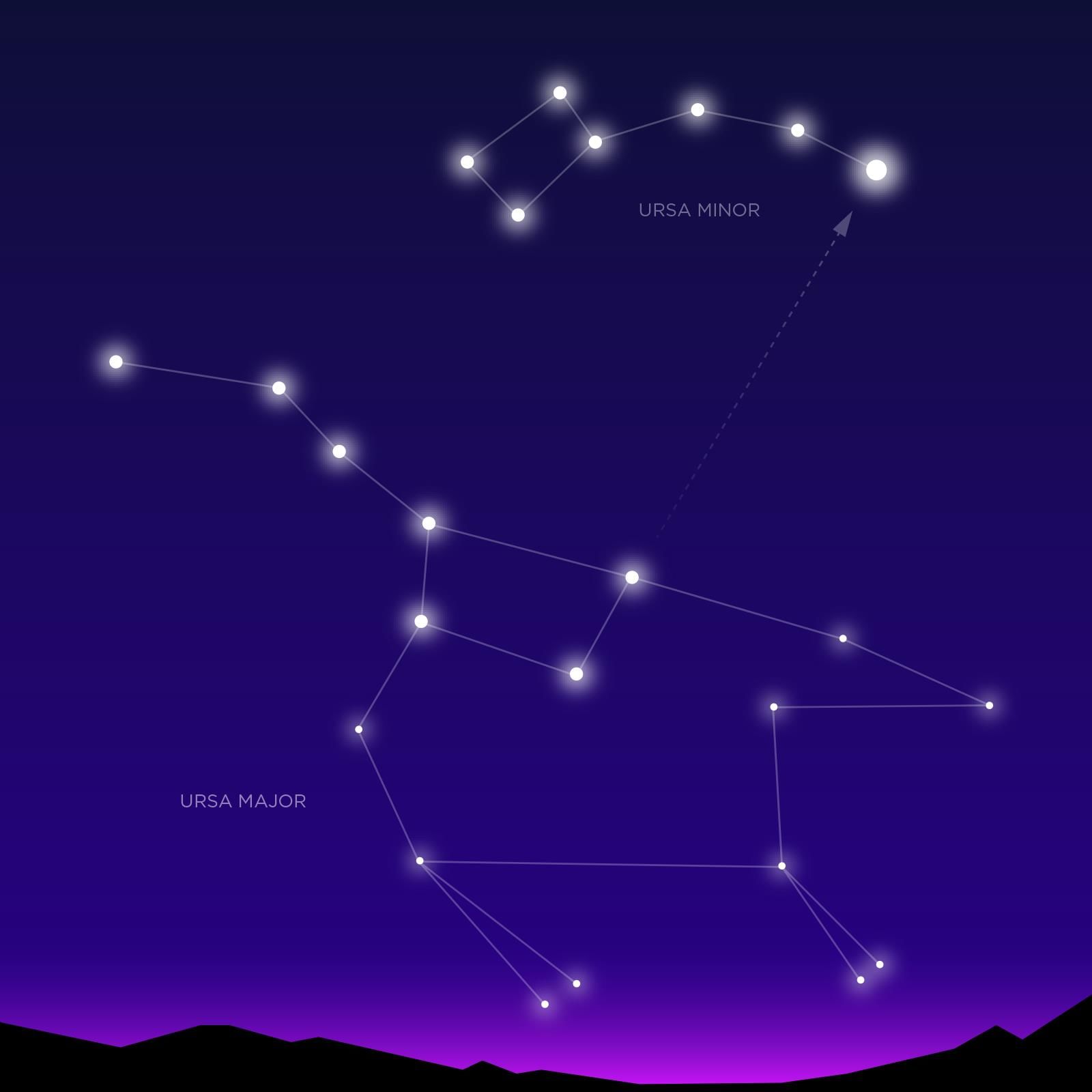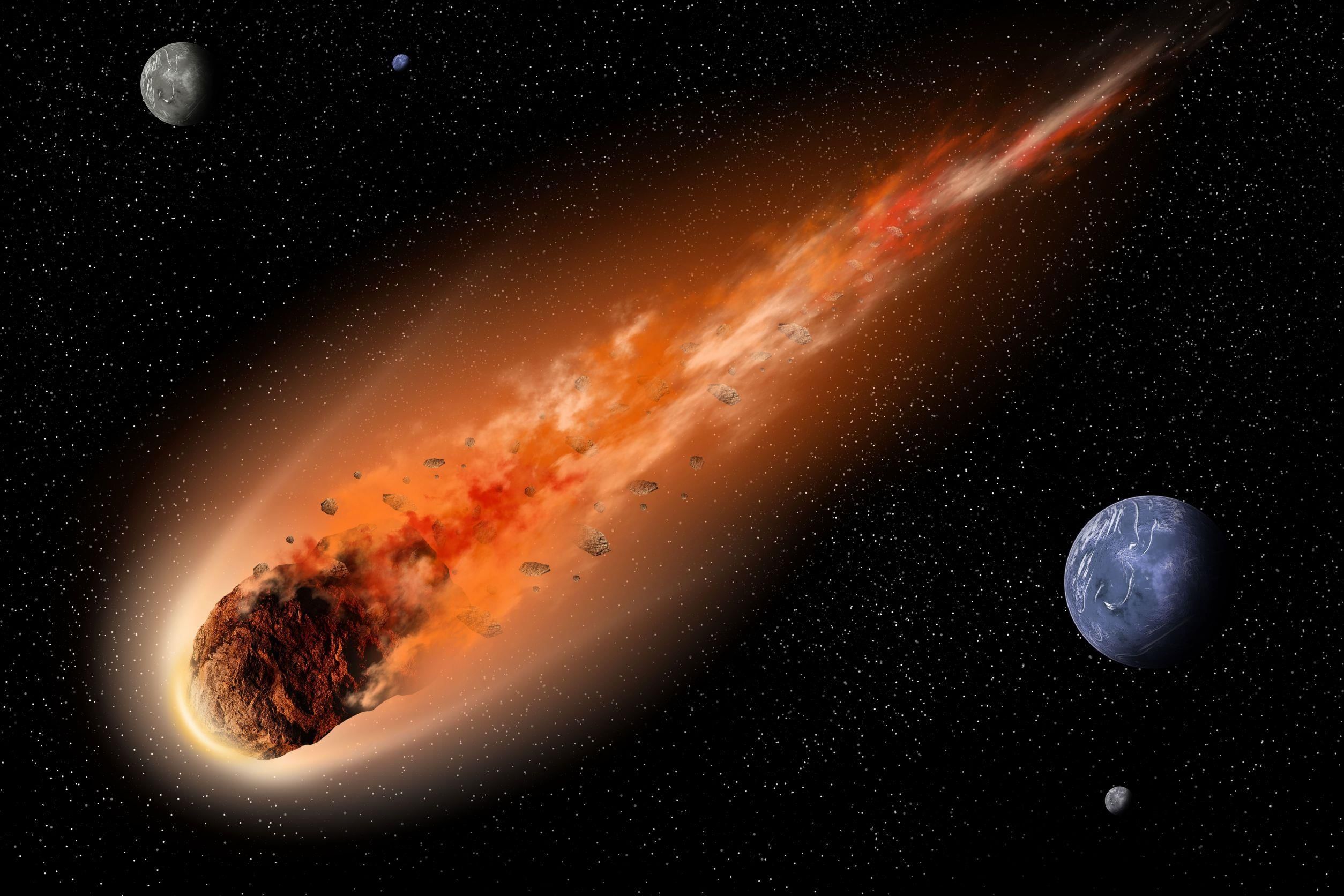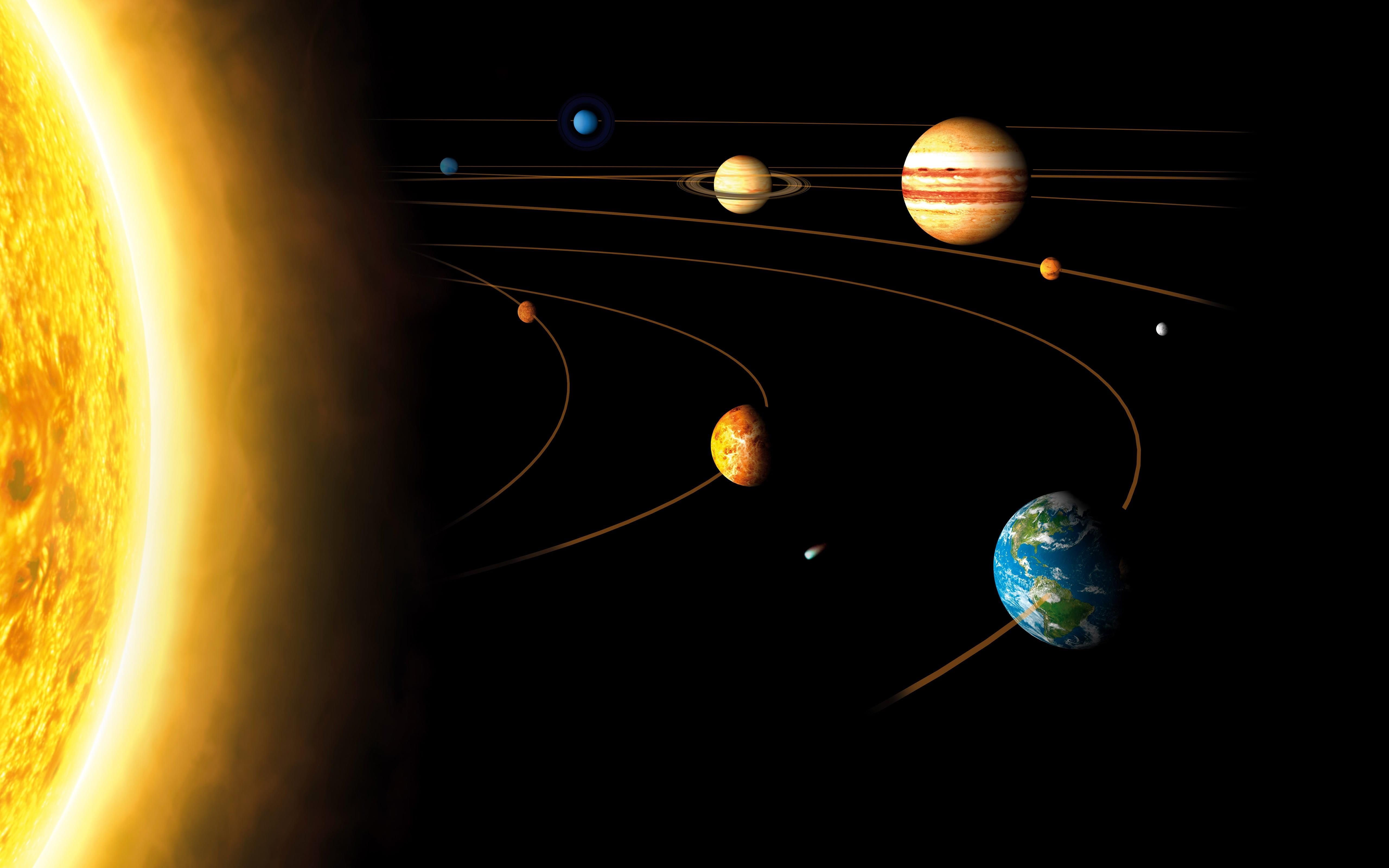Very Short Question Answers: Beyond Earth | Short & Long Answer Questions for Class 6 PDF Download
Q1: Why can people in Nubra, Ladakh see so many stars at night?
Ans: The night sky in Nubra, Ladakh is clear and full of stars because there is no pollution blocking the view.
Q2: What helps travelers navigate at night in ancient times?
Ans: Stars
Q3: What are groups of stars that form patterns called?
Ans: Constellations Constellations
Constellations
Q4: Which constellation is known as a hunter?
Ans: Orion
Q5: What are the three stars in a row in Orion's belt called?
Ans: Orion's belt stars
Q6: What is the name of the star that remains fixed in the sky, pointing North?
Ans: Pole Star
Q7: How many official constellations are recognized by the IAU?
Ans: 88
Q8: Which two famous star patterns are part of Ursa Major and Ursa Minor?
Ans: Big Dipper and Little Dipper Ursa Major and Minor
Ursa Major and Minor
Q9: What is light pollution?
Ans: Excess artificial light at night
Q10: Which planet is known as the Red Planet?
Ans: Mars
Q11: What is the distance from Earth to the Sun called?
Ans: Astronomical unit (au)
Q12: How long does it take for the Moon to orbit Earth?
Ans: About 27 days
Q13: What are small rocky objects in the Solar System called?
Ans: Asteroids Asteroids
Asteroids
Q14: What is the name of the famous comet that appears every 76 years?
Ans: Halley's Comet
Q15: What is the Milky Way Galaxy?
Ans: Our home galaxy containing billions of stars
Q16: What do we call an object that orbits a planet?
Ans: Satellite
Q17: What are the four closest planets to the Sun?
Ans: Mercury, Venus, Earth, Mars
 Closest Planets to SunQ18: What type of star is the Sun?
Closest Planets to SunQ18: What type of star is the Sun?
Ans: A star that emits light and heat.
Q19: What is the name of India's first lunar mission?
Ans: Chandrayaan-1
Q20: What is a comet primarily made of?
Ans: Ice, dust, and small rocky particles.
FAQs on Very Short Question Answers: Beyond Earth - Short & Long Answer Questions for Class 6
| 1. What is the main focus of the chapter "Beyond Earth"? |  |
| 2. Which planets are discussed in the chapter? |  |
| 3. What are some of the key features of the Moon? |  |
| 4. How does the sun affect life on Earth? |  |
| 5. What is the significance of studying other planets? |  |






















